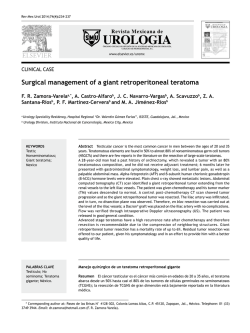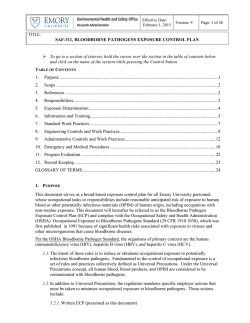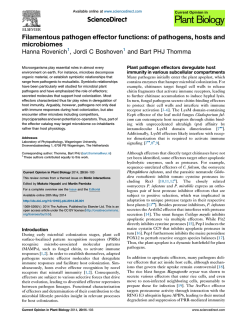
1-s2.0-S1569905614602554-main
259 Non-obstructive azoospermia: Is there evidence for an infectious origin? Eur Urol Suppl 2014;13;e259 Print! Print! Pilatz A. 1 , Hossain H.2 , Schuppe H-C.1 , Haggeney T.3 , Schüttler C.4 , Diemer T.1 , Bergmann M. 3 , Chakraborty T.2 , Domann E. 2 , Weidner W.1 1 Justus Liebig University, Dept. of Urology, Pediatric Urology and Andrology, Gießen, Germany, 2 Justus Liebig University, Institute For Medical Microbiology, Gießen, Germany, 3 Justus Liebig University, Institute of Veterinary Anatomy, Histology and Embryology, Gießen, Germany, 4 Justus Liebig University, Institute For Medical Virology, Gießen, Germany INTRODUCTION & OBJECTIVES: Infections and inflammatory conditions of the reproductive tract are accepted as major causes of fertility disorders in males. These include asymptomatic focal inflammatory lesions frequently observed in testicular biopsies of azoospermic patients undergoing testicular sperm extraction (TESE). However, little is known about a possible link between local infections and nonobstructive azoospermia. MATERIAL & METHODS: The prospective study was approved by the local institutional review board (Ref. No. 26/11). From May 2011 to September 2013 we evaluated 49 patients with non-obstructive azoospermia undergoing combined trifocal TESE and M-TESE. The andrological workup included medical history, clinical investigation, sex hormone analysis, genetic analysis, semen analysis (WHO 2010 recommendations), standardized 2-glass test, testicular swabs taken from TESE and M-TESE incisions to collect testicular fluid, and testicular histology (score count of spermatogenesis, assessment of testicular inflammation). The microbiological investigations consisted of standard cultures, detection of sexually transmitted diseases (STD-PCR), 16S rDNA analysis, and a respiratory- and rash-based viral multiplex-PCR panel. RESULTS: 7/49 patients (15%) had a history of previous urogenital tract infections. 2-glass test and semen microbiology revealed the presence of relevant bacterial pathogens in 17/49 patients (35%, 10× common urinary pathogens, 7× STDs). Analysis of testicular swabs was negative for all viruses assessed, while only in one case 16S rDNA analysis revealed bacterial pathogens (Enterobacteriaceae). Testicular histology showed Sertoli cell-only syndrome (n=22), mixed atrophy (n=14), hypospermatogenesis (n=10), and spermatogenic arrest (n=3). Focal intratesticular lymphocytic infiltrates were diagnosed in 10/49 patients (20%). No significant associations were detected between the three factors 1) microbiological/inflammatory findings in urine/semen, 2) score count of spermatogenesis, and 3) testicular inflammatory lesions. CONCLUSIONS: Although the medical history suggested previous urogenital tract infection/inflammation in 15% of cases and microbiological examination revealed relevant bacterial pathogens in 37% of patients, all infection/inflammation-related variables determined were neither associated with the outcome of testicular sperm retrieval, nor with focal intratesticular inflammation identified histologically in 20% of patients.
© Copyright 2025



